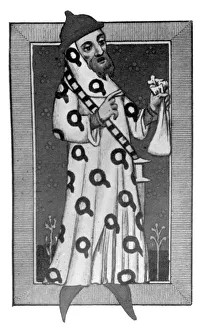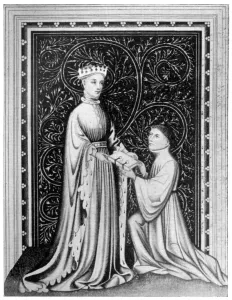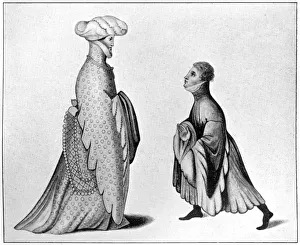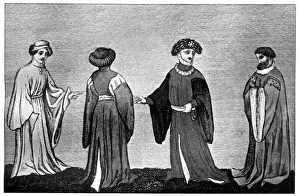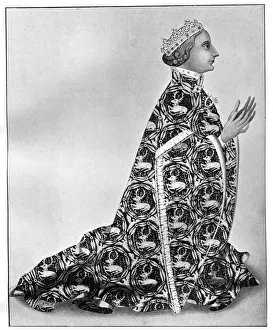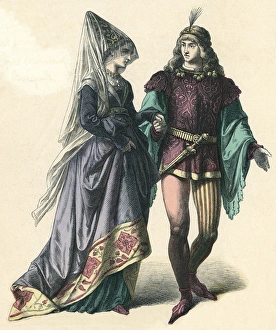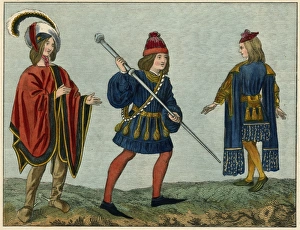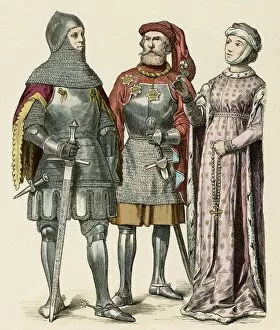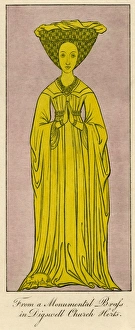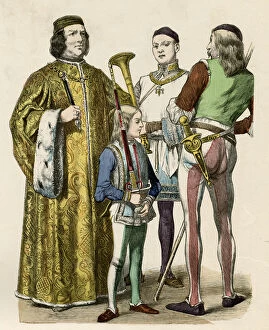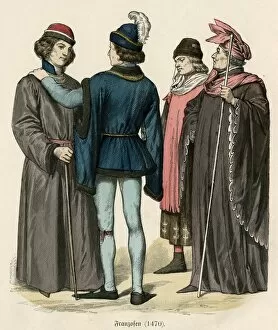Houppelande Collection
The houppelande, a stunning costume popular in the 14th and 15th centuries, was a fashion statement that transcended borders
All Professionally Made to Order for Quick Shipping
The houppelande, a stunning costume popular in the 14th and 15th centuries, was a fashion statement that transcended borders. Originating from Burgundy in the mid-15th century, this voluminous garment quickly spread across Europe, captivating both men and women with its regal elegance. In England during the mid-14th century, the houppelande became an integral part of English costume. It featured long flowing sleeves and a loose-fitting silhouette that exuded grace and sophistication. Meanwhile, Italian dress of the early 1400s embraced this trend as well, showcasing their own unique interpretation of the houppelande. Renowned artist Nigel Lorringe captured the essence of late 14th-century fashion through his exquisite illustrations. His detailed depictions showcased individuals adorned in various styles of houppelandes – each one more breathtaking than the last. Not only did nobles embrace this lavish attire; even poets like Occleve were seen donning these luxurious garments alongside King Henry V himself around 1410. The houppelande truly knew no boundaries when it came to its allure. Historical records from 1910 provide us with valuable how diverse and versatile this costume could be. From Richard II at his devotions in circa 1380 to Henry VI presenting a sword to John Talbot, Earl of Salisbury around 1445 – all depicted wearing different variations of the houppelande – it is evident that this style captivated people throughout history. John Talbot himself was not immune to its charm either; he can be seen presenting a book to Margaret of Anjou while draped in an elegant houppelande from approximately 1445. This further emphasizes how influential this garment was among high-ranking individuals during that era. Whether it was worn by kings or poets, artists or nobles alike -the houppelande was a symbol of prestige and refinement.


